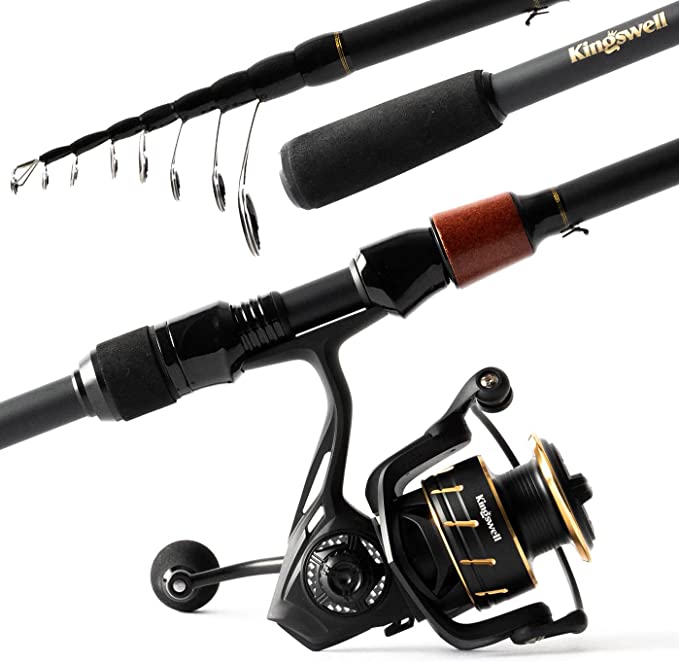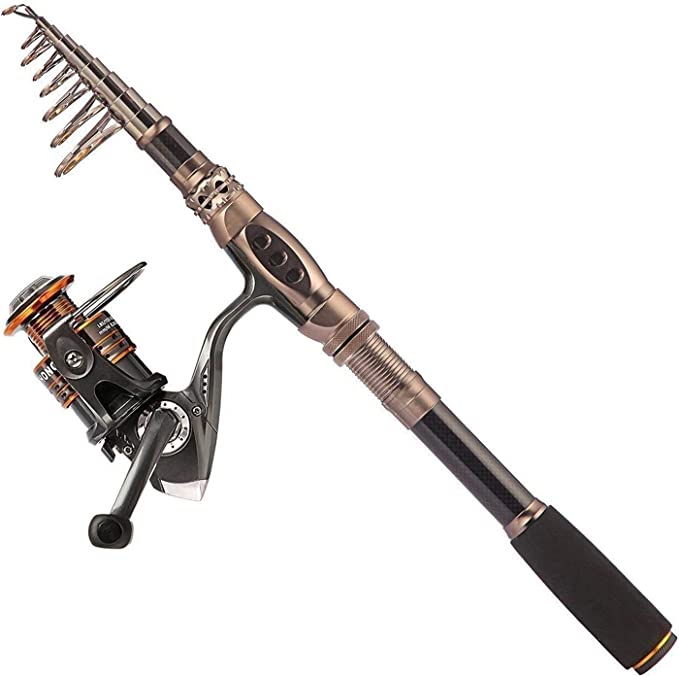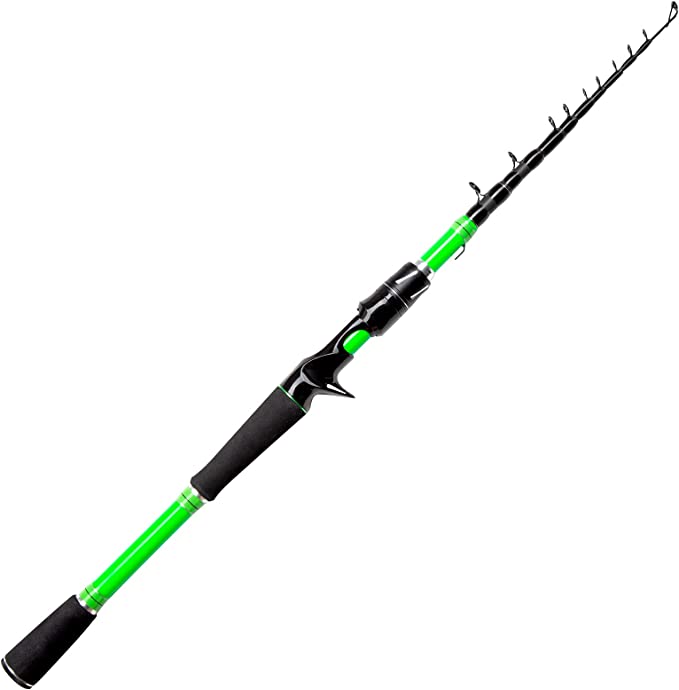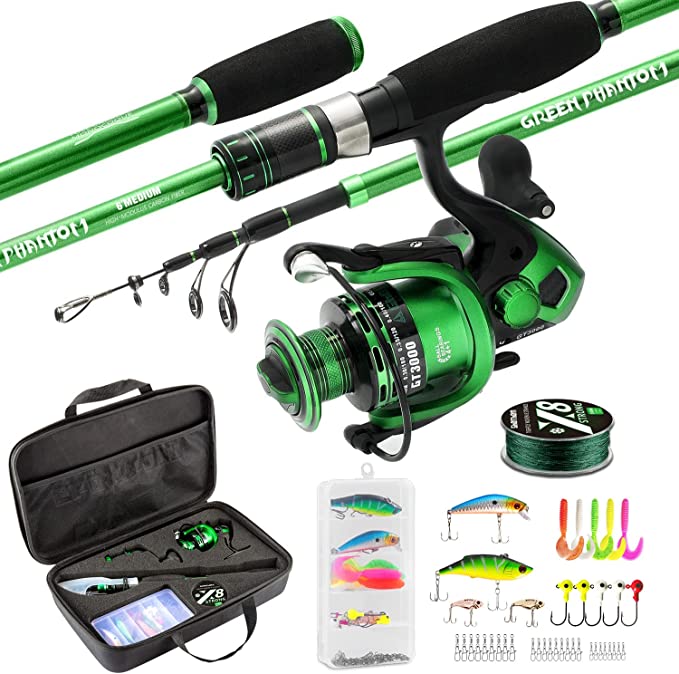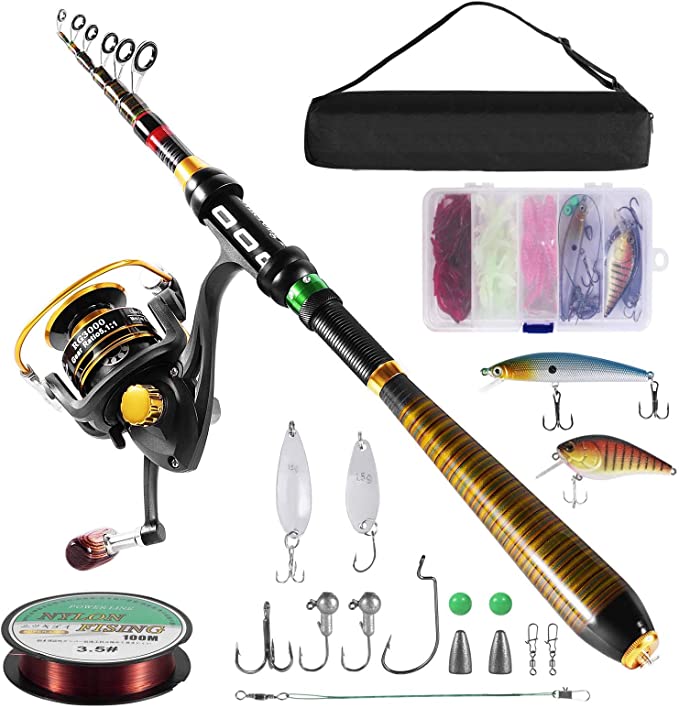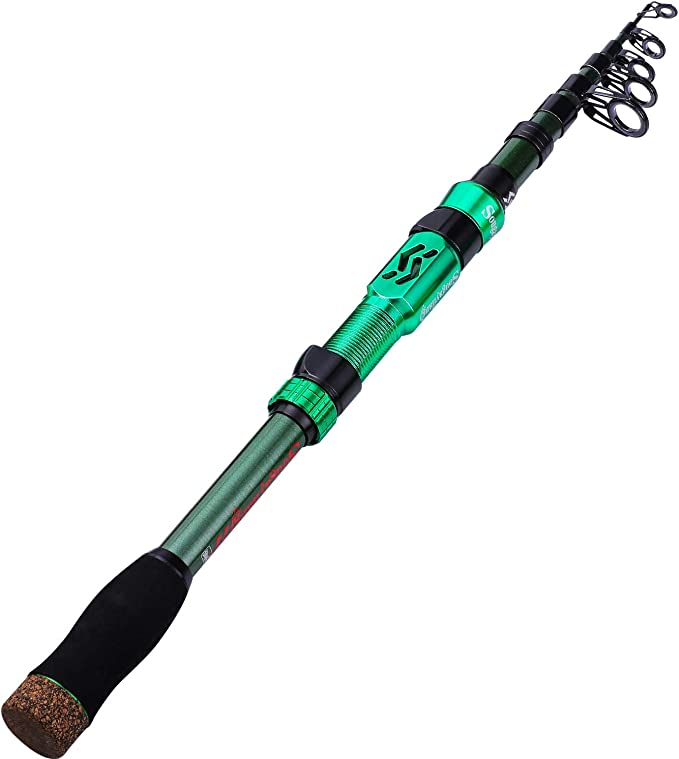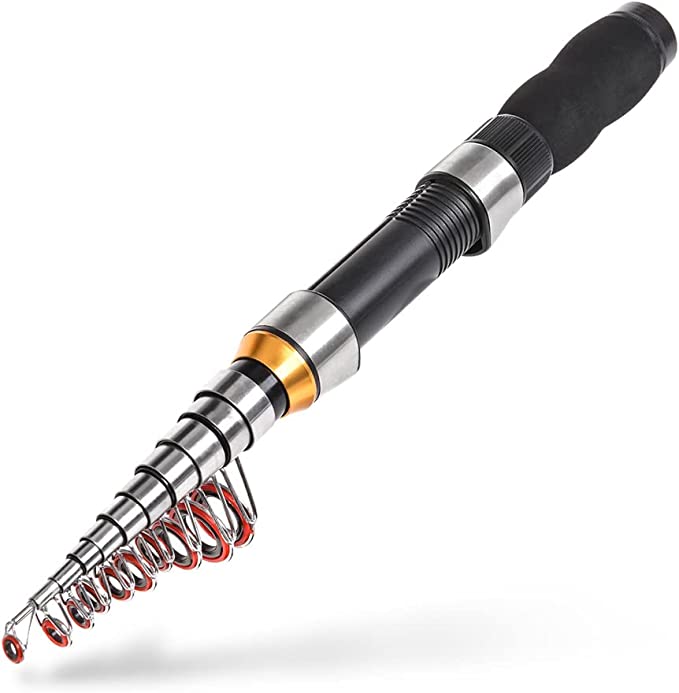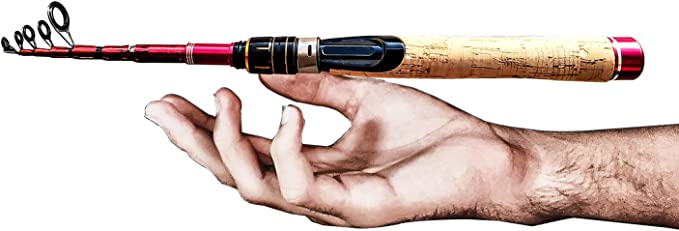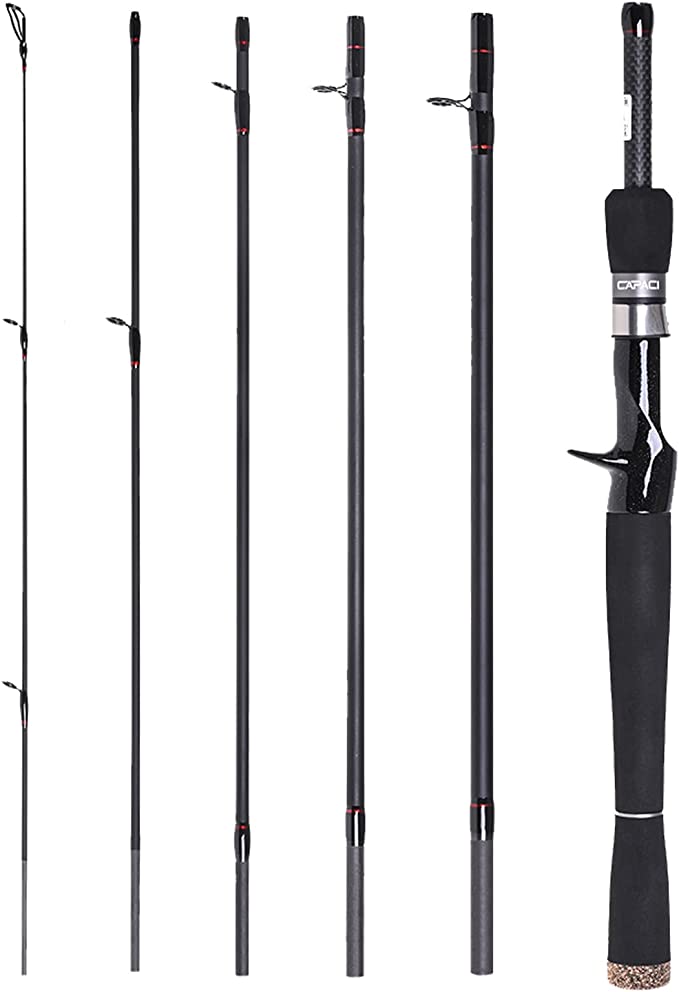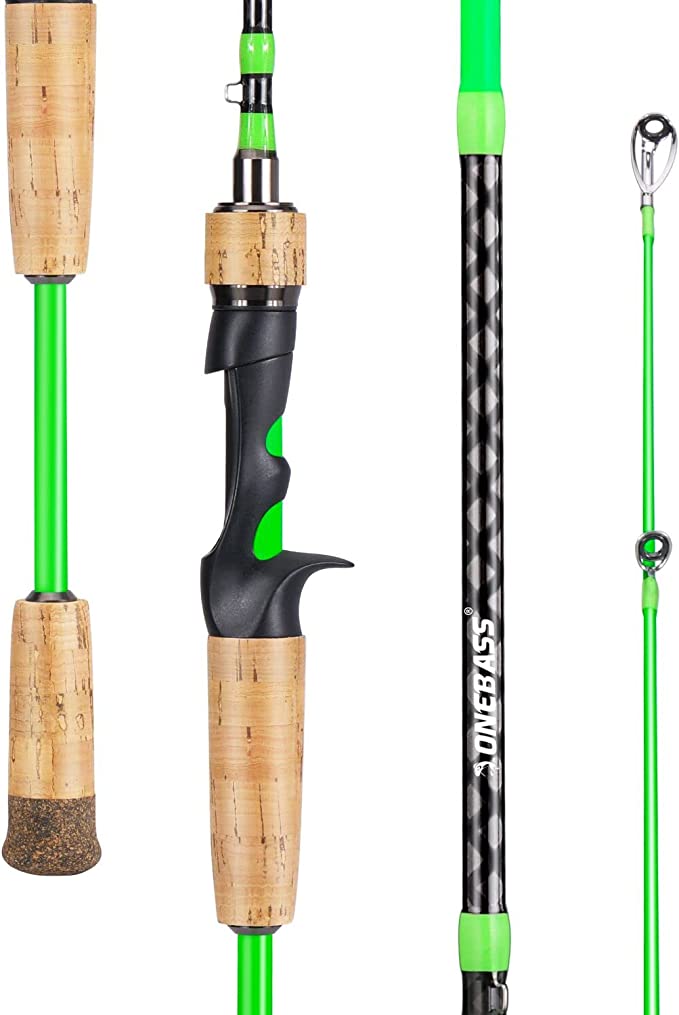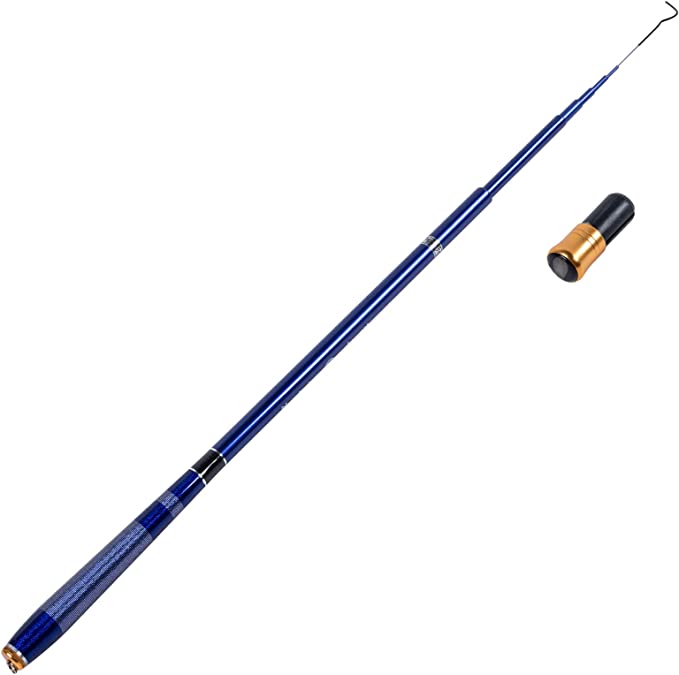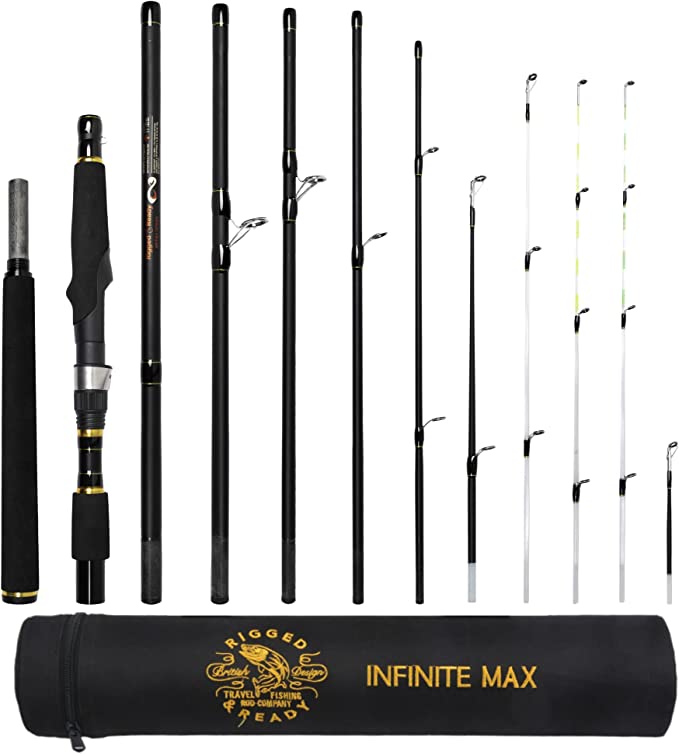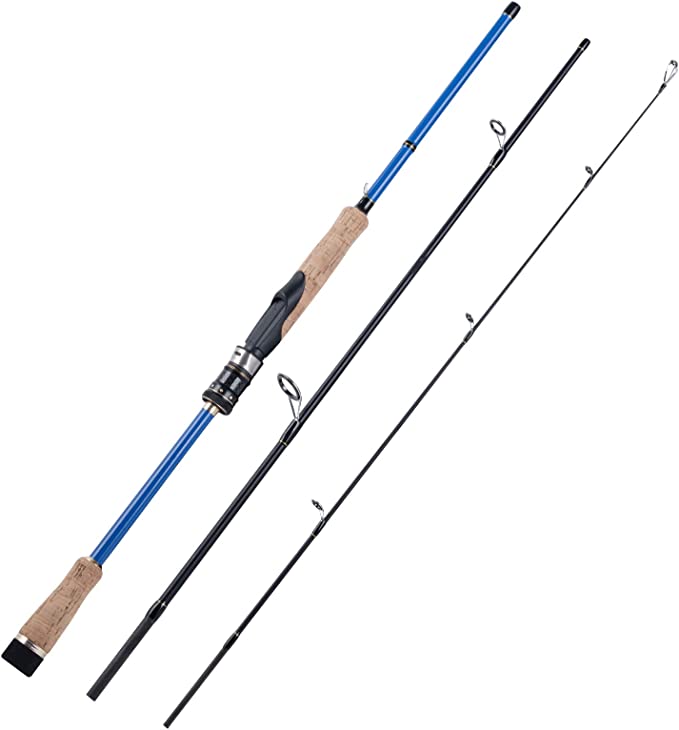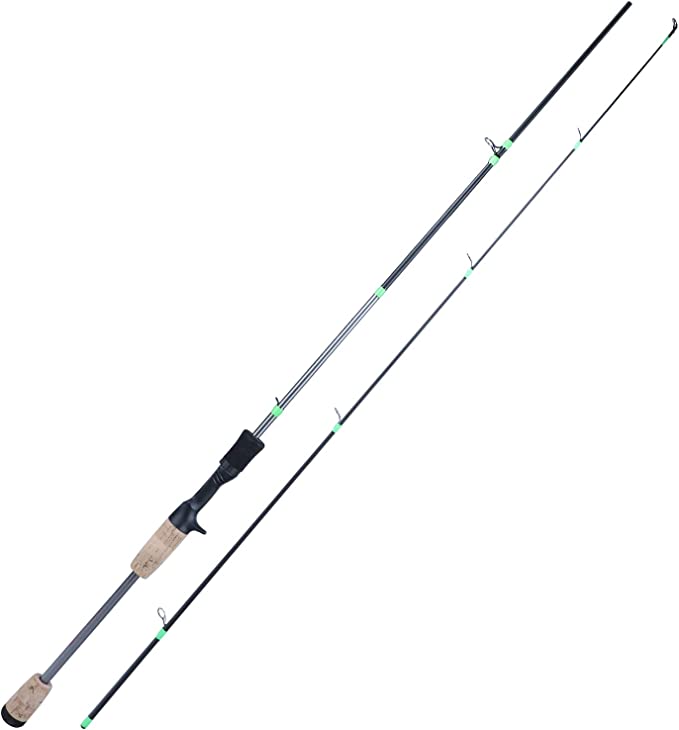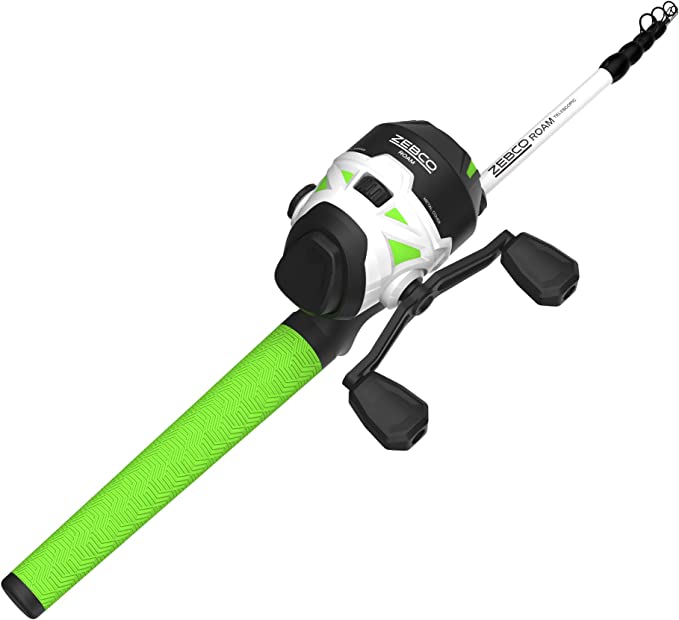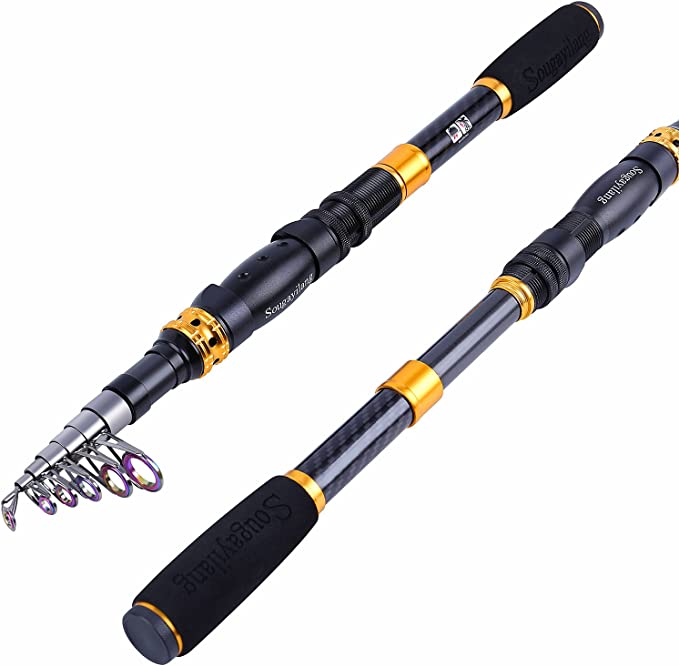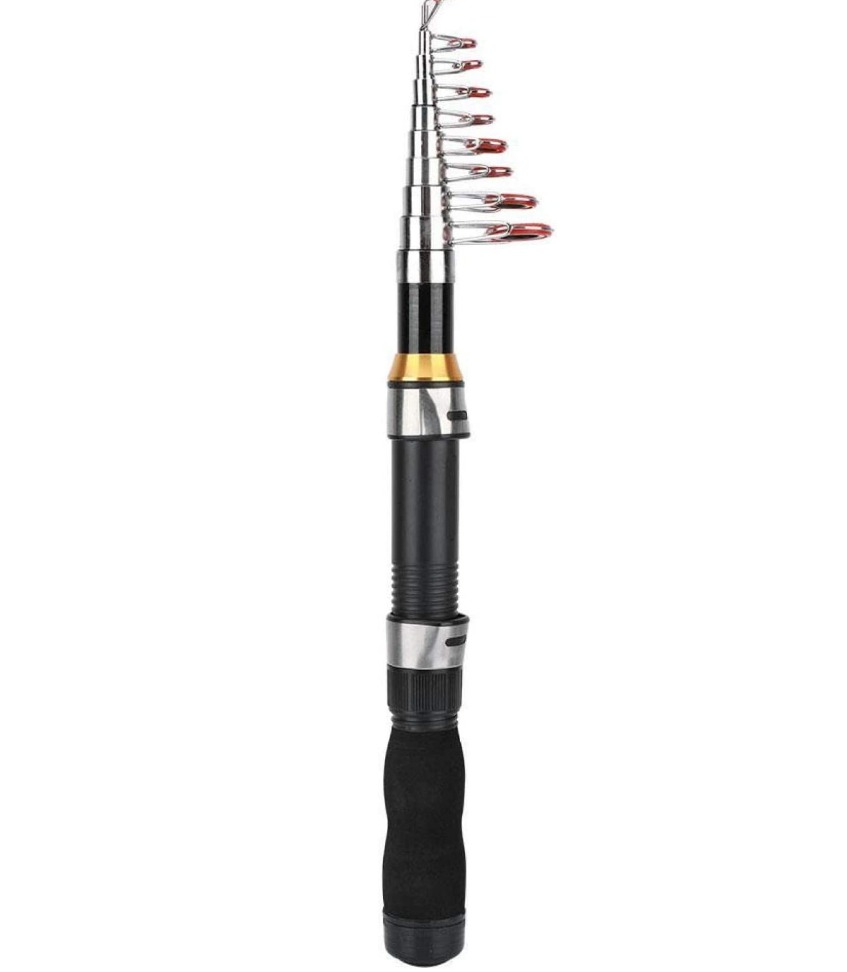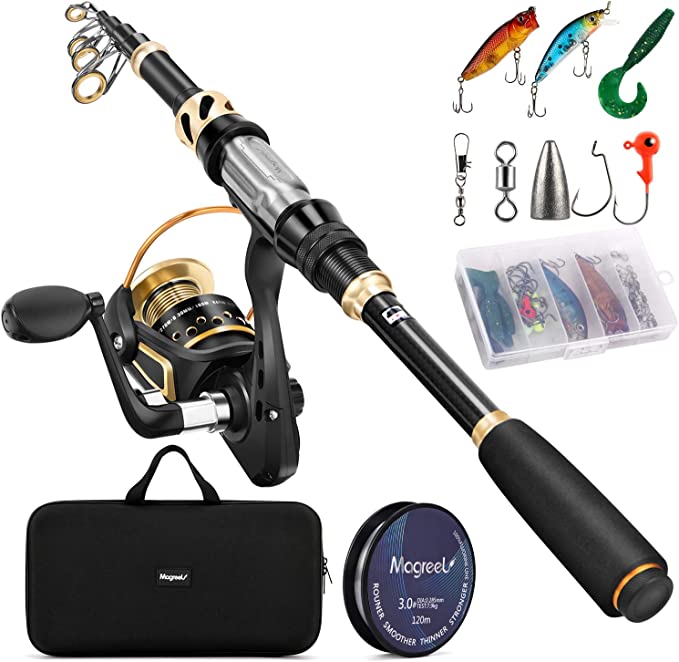The Traveler's Edge: Unpacking the Science of the Modern Telescopic Fishing Rod
Update on Aug. 1, 2025, 6:10 a.m.
It’s a feeling familiar to any soul bitten by wanderlust: you’re standing on the edge of a remote alpine lake or a forgotten coastal cove, the water is alive with promise, and your fishing gear is miles away, a casualty of limited space. This is the angler’s dilemma, a frustrating compromise between the freedom to explore and the burden of equipment. For generations, performance meant size. But what if technology could bend that rule? A new class of gear, exemplified by tools like the RICHCAT Travel Fishing Rod, suggests that portability and power no longer have to be antagonists. This isn’t just about convenience; it’s about unpacking the remarkable science that allows an angler to carry a high-performance rod in a backpack.

The Architecture of Freedom: Engineering the Telescopic Blank
The most striking feature of a travel rod is its ability to disappear. The telescopic design, where multiple concentric sections of the rod blank slide into one another like a spyglass, is a marvel of practical engineering. It transforms a nearly 8-foot pole into a package scarcely longer than a hiking stick. This design directly addresses the physical barrier of transport, but it also poses a fundamental engineering question: can a blank made of so many pieces truly act as one?
The answer lies in precision manufacturing. The integrity of a telescopic rod depends on the exacting tolerances of its overlapping sections, or “ferrules.” A well-made blank minimizes any play between these sections, allowing the entire structure to load and unload energy during a cast with a fluidity that begins to approach that of a single-piece rod. It’s an elegant solution, a Russian nesting doll of performance where each layer contributes to the strength and function of the whole.

The Soul of the Rod: The Miracle of Carbon Fiber
If the telescopic design is the architecture of freedom, then carbon fiber is the soul of the rod’s performance. Born in the demanding world of aerospace, where strength and lightness are paramount, this material has fundamentally changed our expectations of sporting equipment. To understand a modern fishing rod is to understand the magic of carbon fiber.
At its core, carbon fiber is a composite material. It begins as a polymer thread, often Polyacrylonitrile (PAN), which is heated to extreme temperatures in the absence of oxygen to burn off everything but the carbon atoms. These atoms form long, tightly interlocked crystalline chains, creating fibers thinner than a human hair yet stronger than steel. When thousands of these fibers are woven into a fabric and impregnated with a resin, they form a “blank” with an incredible strength-to-weight ratio. This is why you can fish all day with less fatigue.
But its true genius for an angler lies in a property called the modulus of elasticity—a measure of a material’s stiffness. Carbon fiber is exceptionally stiff, meaning it resists bending and, crucially, transmits vibrations with astonishing efficiency. It becomes a direct extension of your nervous system. That subtle “tick” of your lure grazing a submerged log, or the almost imperceptible “thump” of a curious fish inhaling the bait, is a wave of energy traveling at high speed up the rigid carbon blank to your hand. The rod is no longer a dumb stick; it is a high-tech nerve ending, translating the silent, underwater world into the tangible language of vibration.

The Language of the Cast: Decoding Action and Power
With a backbone of carbon fiber, the rod’s personality is shaped by two key design parameters: its Action and Power. The RICHCAT rod, rated as Fast Action and Medium-Heavy (MH) Power, speaks a specific dialect of performance.
A rod’s “Action” describes where it bends under load. A “Fast” action means the flex is concentrated in the upper third of the rod. Imagine it as a fencer’s foil: it’s incredibly quick, precise, and recovers its shape almost instantly. This has profound implications based on Hooke’s Law, the principle that the force needed to stretch or compress a spring is proportional to the distance. During a cast, the fast tip loads and unloads energy very quickly, creating high line speed for accurate, snappy casts. When a fish strikes, that stiff lower two-thirds of the rod allows for an immediate, powerful hookset, driving the hook home before the fish can react.
“Power,” on the other hand, is the rod’s brute strength—its resistance to bending. A Medium-Heavy (MH) power rating designates a versatile workhorse. It possesses enough backbone to handle the heavier lures and lines needed for larger species like inshore redfish or freshwater pike, yet it’s not so stiff that it overpowers the fight of a spirited bass. Think of it as a middleweight boxer: a blend of agility and strength, capable of performing well across a wide range of situations. This MH rating is the ultimate compromise for the angler who wants one rod to tackle the diverse fishing opportunities their travels might present.
A Symphony of Components: More Than the Sum of Its Parts
While the blank is the heart of the rod, it cannot perform in a vacuum. The other components work in a carefully orchestrated synergy. The line guides are placed to strategically manage line flow, minimizing friction and allowing the blank to bend naturally. The reel seat provides a solid, unyielding connection to the reel, ensuring that every ounce of winding power is transferred efficiently. The ergonomic handle is the final interface, the point where the science of the tool meets the art of the angler, providing comfort and control for hours on the water.
Conclusion: The Empowered Angler
A telescopic fishing rod like the RICHCAT is more than just a clever gadget. It is a testament to human ingenuity—a sophisticated tool born from material science and mechanical physics, designed to solve a simple, human desire: to fish wherever we may wander. Understanding the science behind its carbon fiber construction, its fast action, and its versatile power does more than just help you choose a product. It deepens your connection to the sport itself. It transforms you from a passive user into an empowered angler, one who appreciates that the best tools are not just those that work, but those we fundamentally understand. And with that understanding, the world of water becomes your oyster.
